Max Verstappen will be looking to bounce back at the Emilia Romagna Grand Prix, after being beaten on-track for the first time all season at the previous round, in Miami.
The driver who bested him in Florida, Lando Norris, lines up alongside him at Imola, in the improved McLaren MCL38.
Norris' team-mate Oscar Piastri had initially qualified second, but a three-place grid drop for impeding Kevin Magnussen will see him start fifth.
That penalty prevents McLaren from utilising multiple race strategies to off-set Verstappen, but Piastri will be hoping to find his way past the Ferraris of Carlos Sainz and Charles Leclerc in the opening stages.
The Emilia Romagna Grand Prix is expected to be a classic one-stop race. This is due to two key factors: It is difficult to pass around Imola and the pit lane is the longest of the season, meaning pit stop loss will be high for teams. Thus preventing a two-stopper being a viable option.
Pirelli have brought the three softest compounds in its range to Imola, with the medium C4 expected to the be preferred race tyre by teams.
28 seconds pit stop loss and added safety car risk
Pirelli motorsport director Mario Isola has contended that there is almost half a minute in pit stop loss, saying that the "28 seconds" it will take will deter teams from trying a two-stop approach.
"With the medium-hard strategy, one stop is quickest on paper. It's much quicker than a two-stop - we calculate roughly 15 seconds quicker," he explained to media including RacingNews365.
"You can start with the harder [tyres] from the back if you want to try something different and move to the medium, but it's not a big difference."
Imola Circuit has reintroduced gravel traps in multiple areas to better punish drivers for going off-track. Isola believes that this could see a higher prevalence of safety cars, as it has in the junior categories - something that could bring the soft compound into play.
"What can be different compared to the previous events is that with these gravel traps that they added, we saw more safety cars in Formula 2 and Formula 3, because you pay a mistake more. And the safety car could introduce an element of unpredictability," he said.
"That means that if you have a short stint remaining, maybe you can try the softs... [which is] roughly half a second quicker than the medium, so not a big difference."
Strategy options
The pit stop window for those starting on the yellow-walled medium Pirellis is expected to be between lap 21 and 27, but teams have ran long at Imola in the past, which could open up the possibility of cars starting on the white-walled hard tyres.
This approach would allow for optimising the over-cut, which would be further benefitted by a mid-race safety car - similar to the advantage Norris was afforded in Miami.
Those starting on the hard tyres could opt for the a second stint on either the mediums or the red-walled softs, which will depend on how long they can stretch their starting set for into the 63 lap race.
Don't miss out on any of the Formula 1 action thanks to this handy 2026 F1 calendar that can be easily loaded into your smartphone or PC.
Download the calenderMost read
In this article

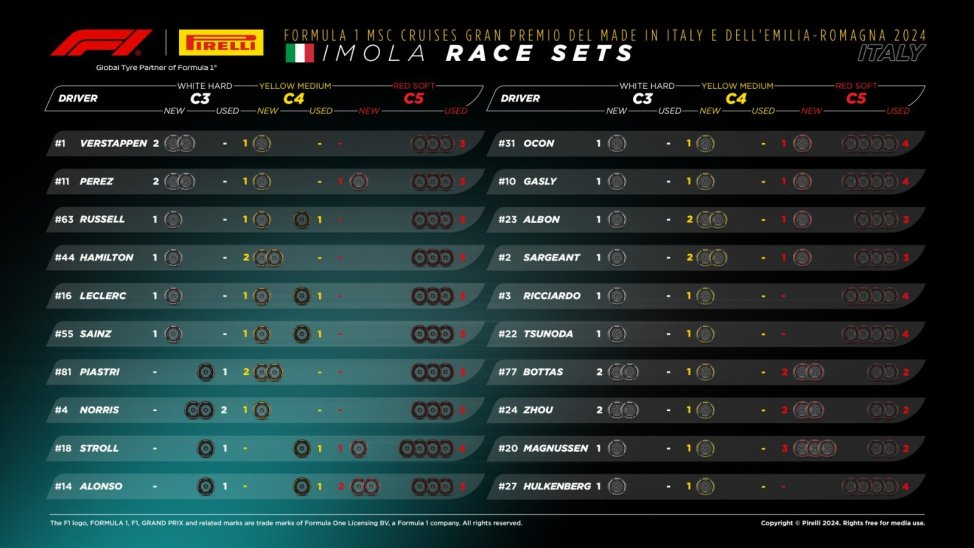
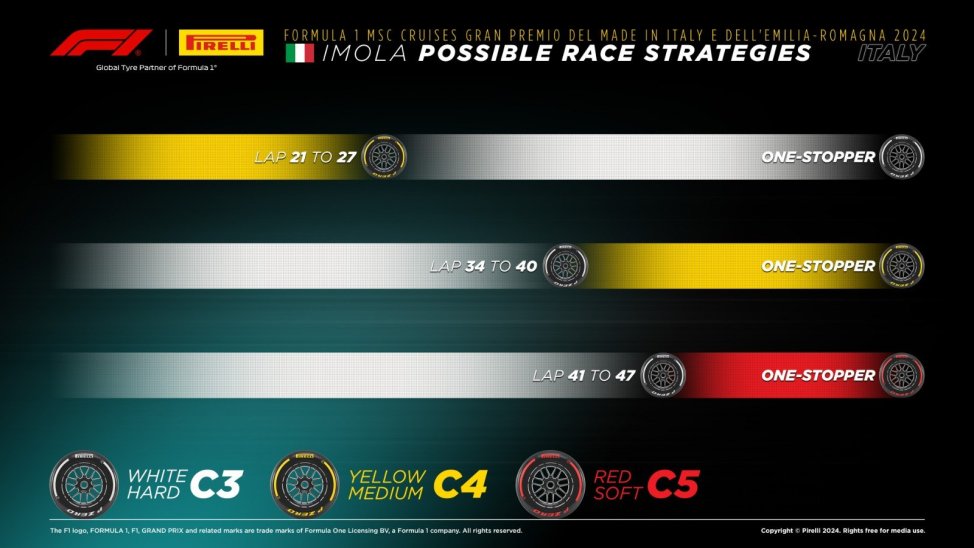
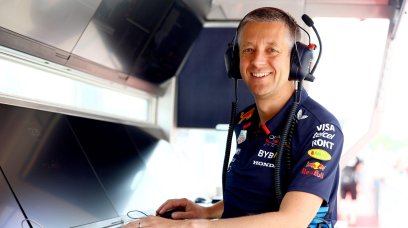
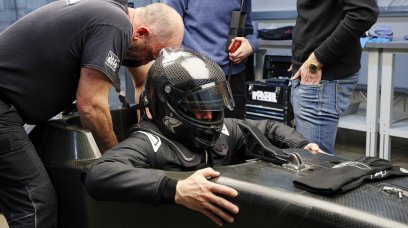
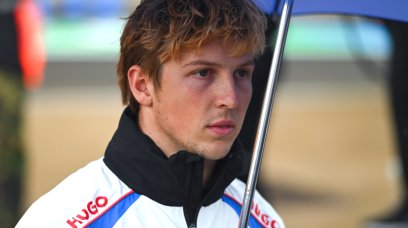
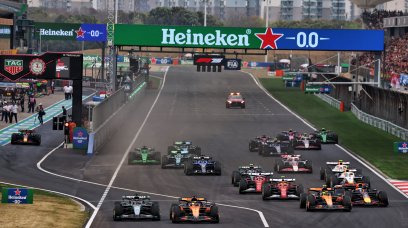
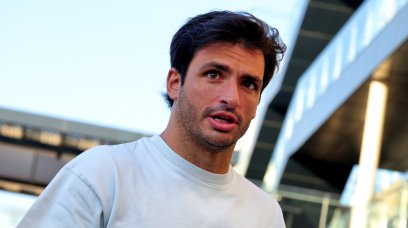
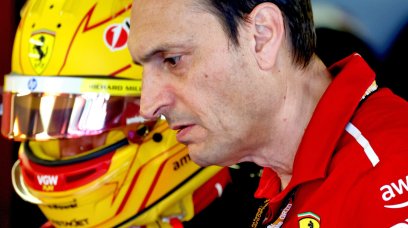
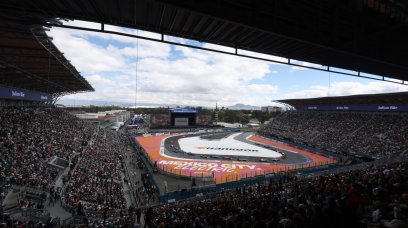
Join the conversation!